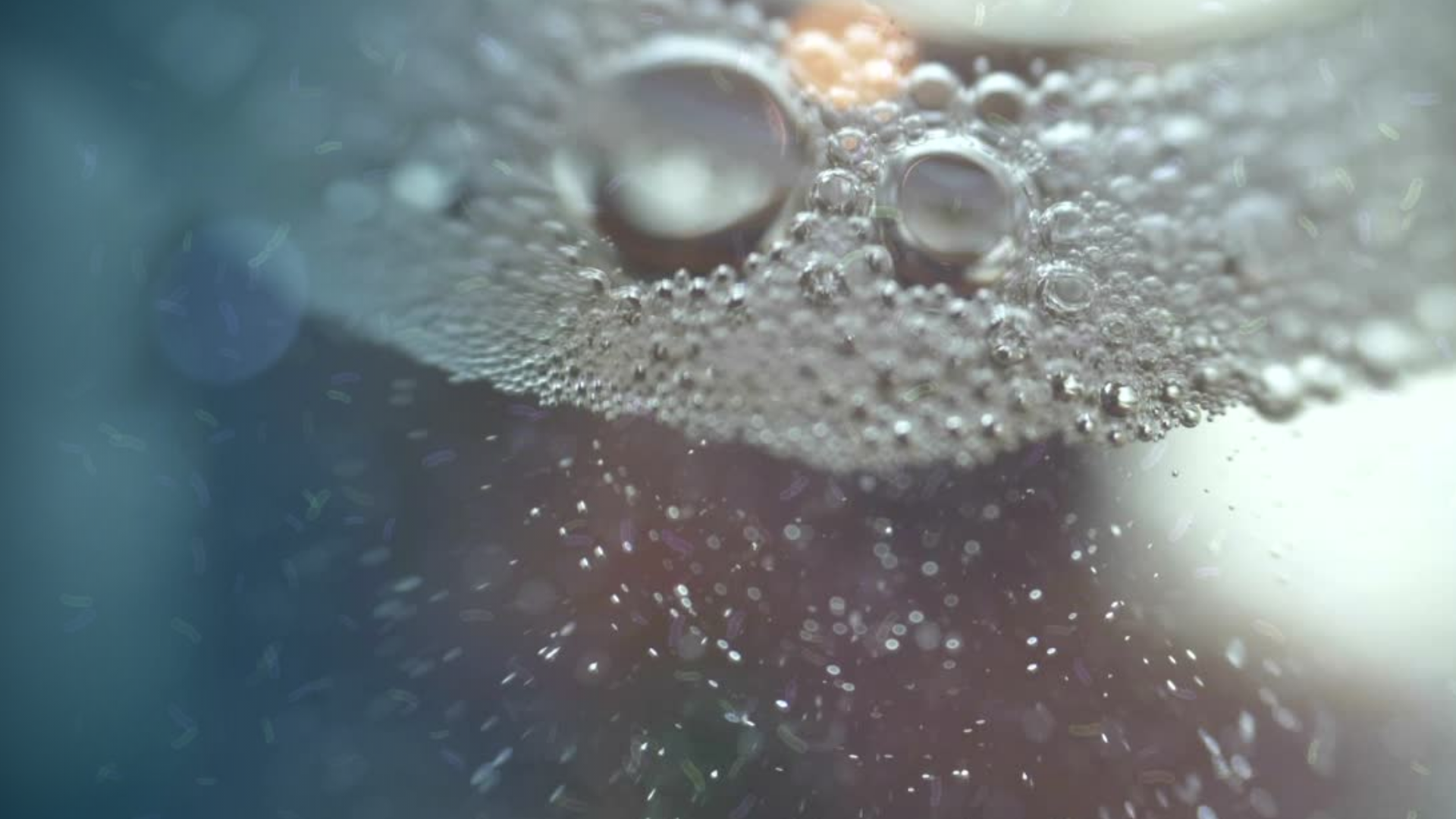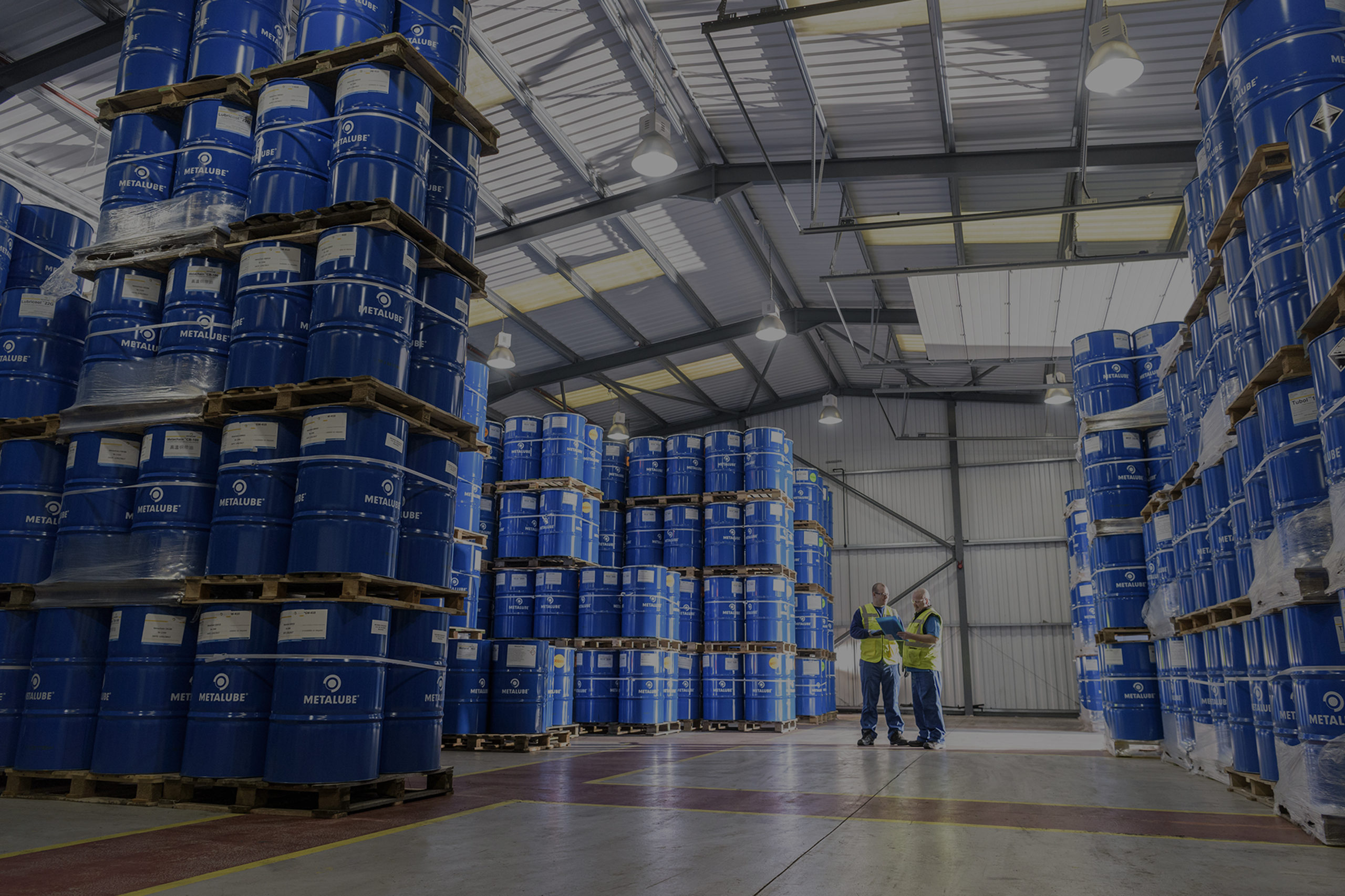10 Feb How to manage microbial contamination in emulsion lubricants

Bacterial and fungal contamination in water based lubrication systems are a common problem that is often inevitable in any tank based lubrication system. If left untreated, the contamination has the potential to compromise not only productivity, but also the quality of the finished product and the life of the lubricant.
To address the common issue of contamination, we sat down with Albert Molloy, Global Product Manager and Technical Manager Steve Watterson to understand how our customers can take a proactive approach in avoiding contamination and extending the life of their lubricants.
What causes bacterial and fungal contamination?
Contamination can be caused by a number of issues. Some of the most common causes are listed below:
- Lack of routine maintenance
- Dead or non-agitated areas of tanks
- Not using fresh water for system make-up and top up
- Emulsion left to stand without agitation for a period of time
- The build-up of detritus and free oil which can act as nutrients for bacteria
How to identify Bacterial contamination?
Your system might be experiencing bacterial contamination if you answer yes to any of the below questions.
- Is your machine showing signs of corrosion?
- Do you have dark staining on your machine parts?
- Is there a smell in your emulsion? For example: rotten eggs?
- Is your emulsion turning black?
- Lowering of the pH
How to identify Fungal contamination?
Fungal contamination is more common to be found in synthetic lubricant emulsions.
- Do you have a slime on the boarders of your tank? Or a slimy residue on top of your solution?
- Fungal contamination in many instances can be a more serious issue than bacterial as it requires an effective regime of both removal and treatment to fully eradicate.
How to avoid contamination
The best way to avoid contamination is to monitor your fluids regularly. You can do this by checking both your dilution and pH. For example, a drop in pH may reveal the presence of bacteria. Bacteria releases acids as a by-product and will result in a lowered pH in emulsions.
- You will inevitably get some contamination, but with the proper care and maintenance you should be able to easily maintain the life of your lubricant.
- Ensure proper agitation and avoid downtime in emulsion circulation
- Use deionised water to give your emulsion the best chance of avoiding fungal contamination
How to treat a contaminated system
How to treat bacterial contamination
- Broad Spectrum Biocide – restricted to lower doses as soaps have the potential to form but pH buffering is a useful adage, as is the very efficient kill rate and efficiency against bacterial population.
- One final approach to microbiological control is the routine pasteurisation of bulk emulsions by heating, off-line, to temperatures of 55-60°C. This controls the growth and population of most bacteria very well, superseding the use of chemical biocides. However, this treatment is not appropriate for all wire drawing lubricants hence individual suitability would be dictated by the lubricant manufacturer.
How to treat Fungal Contamination
- Broad Spectrum Fungicide – efficient in controlling fungal infection but in heavily contaminated systems would require manual removal of fungal matt to be effective. Low doses required and easily formulated into fluids to give fungistatic protection if appropriate.
- The combat the growth of fungus operators can use de-ionised water for the system make-up. Deionised water is stripped of the mineral salts that which feed the fungus.



